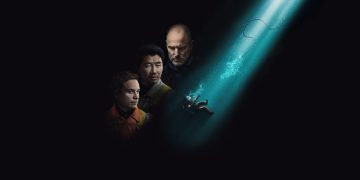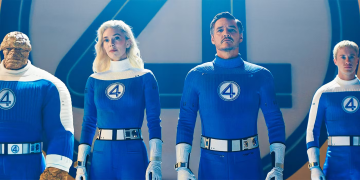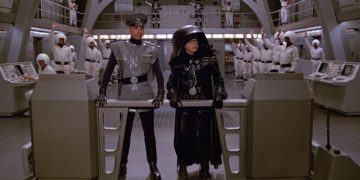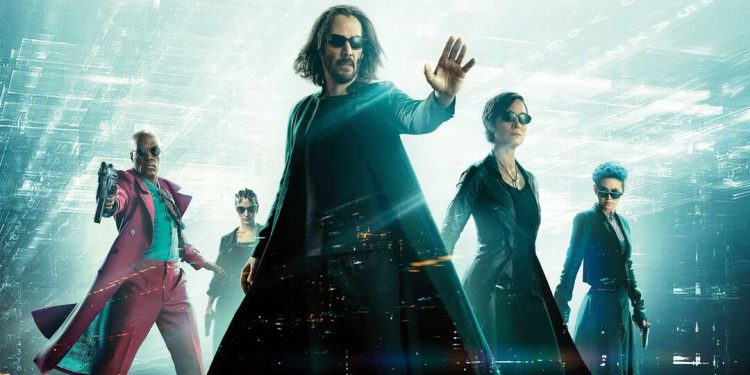The Matrix Resurrections (2021) is the fourth installment in the iconic sci-fi franchise that began with The Matrix (1999), followed by The Matrix Reloaded (2003) and The Matrix Revolutions (2003). Directed by Lana Wachowski, one of the original creators of the series, the film brings back Keanu Reeves as Neo and Carrie-Anne Moss as Trinity, along with new faces such as Yahya Abdul-Mateen II, Jessica Henwick, Neil Patrick Harris, and Jonathan Groff. The film is set 60 years after the events of the previous trilogy, and follows Neo as he rediscovers his identity and reconnects with Trinity in a new version of the Matrix.
The film is a meta-commentary on the legacy of the franchise, its cultural impact, and its relevance in the current era. It is also a love letter to the fans who have been waiting for almost two decades for a new chapter in the saga. The film is full of references, homages, and callbacks to the previous films, as well as nods to other pop culture phenomena such as Alice in Wonderland, Star Wars, and even Space Jam: A New Legacy. The film also explores themes such as free will, choice, reality, simulation, nostalgia, and identity.
The film has received mixed reviews from critics and audiences alike. Some have praised it for its wit, creativity, and heart, while others have criticized it for its lack of originality, coherence, and action. The film currently holds a 63% rating on Rotten Tomatoes, based on 361 reviews. The critics consensus reads: “If it lacks the original’s bracingly original craft, The Matrix Resurrections revisits the world of the franchise with wit, a timely perspective, and heart.”
One of the positive reviews comes from Nick Allen of Roger Ebert.com, who gave the film three out of four stars. He wrote: “The Matrix Resurrections” is the first “Matrix” movie since 2003’s “The Matrix Revolutions,” but it is not the first time we’ve seen the franchise in theaters this year. That distinction goes to “Space Jam: A New Legacy,” the cinematic shareholder meeting for Warner Bros. with special celebrity guests that inserted Looney Tunes characters Speedy Gonzales and Granny into a scene from “The Matrix.” Speedy Gonzales dodged slow-motion bullets; Granny jumped in the air and kicked a cop in the face like Trinity. The 2003 animation omnibus “The Animatrix” detailed how the Matrix was created, how an apocalyptic war against robots led to human suffering being harvested to fuel a world of machines; there should be an addendum that includes this scene from “Space Jam: A New Legacy” to show what it all led to.
This is the reality that we live in—one ruled by Warner Bros.’ Serververse—and it is also the context that rules over “The Matrix Resurrections.” The film bears the name of director Lana Wachowski, returning to the cyberpunk franchise that made her one of the greatest sci-fi/action directors, but be warned that no force is remotely as strong as Warner Bros. wanting a lighter and brighter take on “The Matrix.” “The Matrix Resurrections” is a reboot with some striking philosophical flourishes, and grandiose set-pieces where things go boom in slow motion, but it is also the weakest and most compromised “Matrix” film yet.”
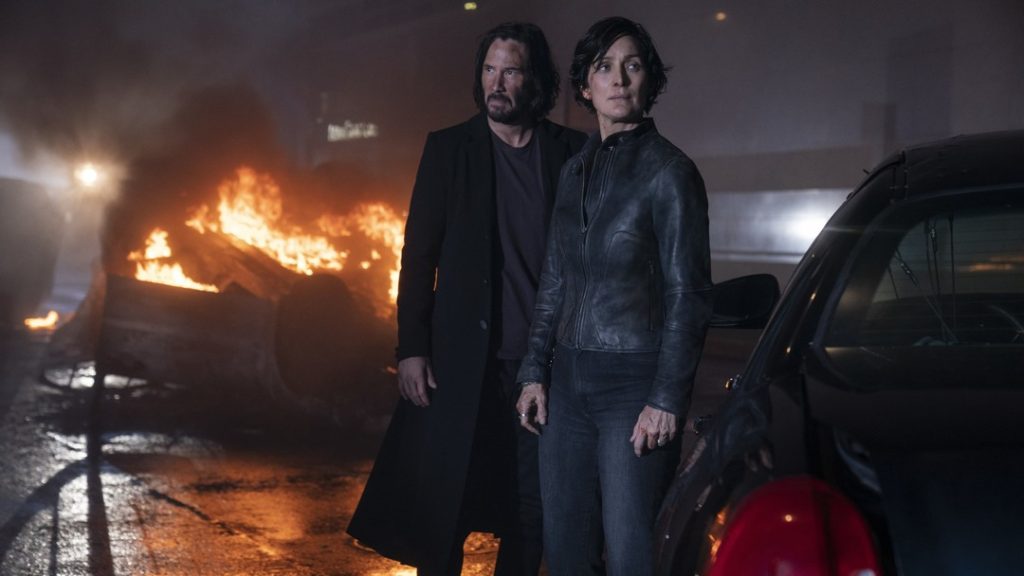
One of the negative reviews comes from Peter Bradshaw of The Guardian, who gave the film two out of five stars. He wrote: “This is a heavy-footed reboot which doesn’t offer a compelling reason for its existence other than to gouge a fourth income stream from Matrix fans, submissively hooked up for new content, and it doesn’t have anything approaching the breathtaking “bullet time” action sequences that made the original film famous.”
As a fan of the original trilogy, I had high hopes for this film, but I was disappointed by its lack of innovation and excitement. The film felt like a rehash of old ideas, with some interesting twists and turns, but nothing that really surprised or challenged me. The film also suffered from a slow pace, a convoluted plot, and an over-reliance on exposition and nostalgia. The film did have some moments of humor, emotion, and spectacle, but they were not enough to make up for its flaws.
The film’s strongest aspect was its cast, especially Reeves and Moss, who reprised their roles with grace and charisma. They had great chemistry and conveyed their characters’ love and longing with subtlety and depth. Abdul-Mateen II was also impressive as a new version of Morpheus, bringing his own charm and energy to the role. Henwick was likable as Bugs, a rebellious hacker who idolizes Neo and Trinity. Harris was effective as the Analyst, a sinister and manipulative program who controls the Matrix. Groff was amusing as Smith, a rogue agent who has a personal vendetta against Neo.
The film’s weakest aspect was its action, which was surprisingly dull and uninspired. The film lacked the originality, creativity, and intensity that made the previous films so memorable and influential. The film relied too much on CGI and slow motion, which made the action scenes look artificial and boring. The film also failed to create any sense of danger or urgency, as the stakes were unclear and the consequences were minimal. The film did not have any iconic or memorable action sequences, such as the lobby shootout, the highway chase, or the final battle from the previous films.
Overall, The Matrix Resurrections (2021) is a disappointing sequel that does not live up to the legacy of the franchise. It is a film that tries to be both a tribute and a critique of its predecessors, but ends up being neither. It is a film that is more concerned with pleasing the fans and the studio than with telling a compelling and original story. It is a film that is drained of life by the Hollywood machine.
If you are interested in watching the movie, you can check out the trailer and the IMDb page for more information.


